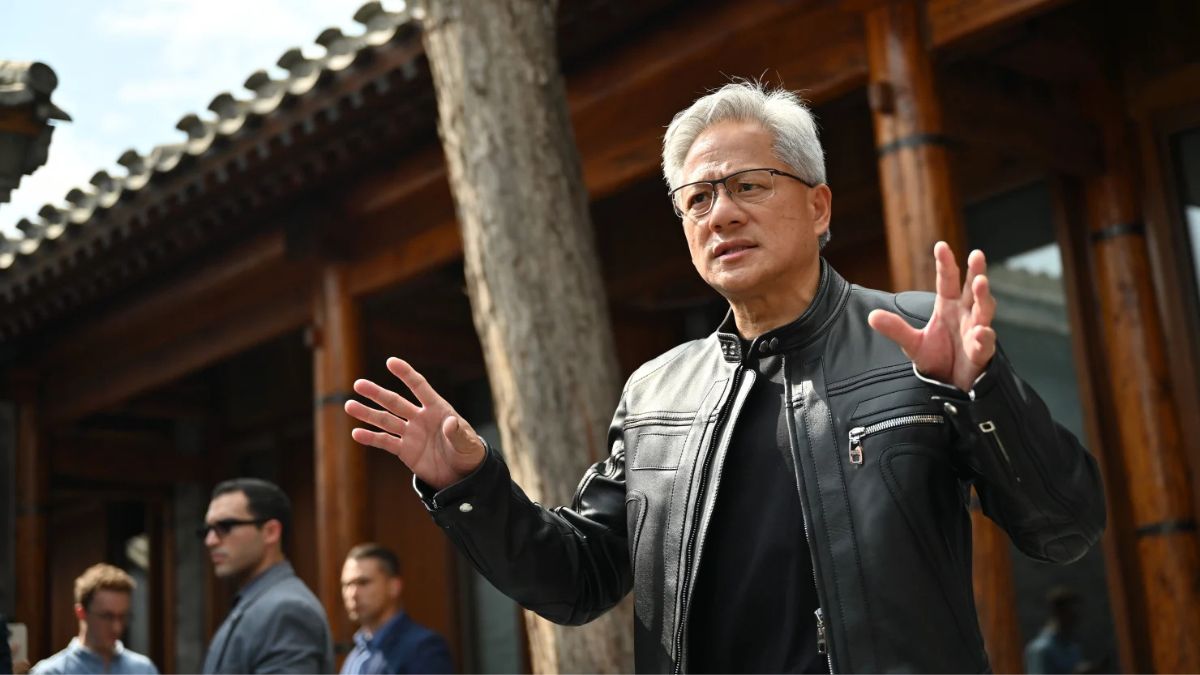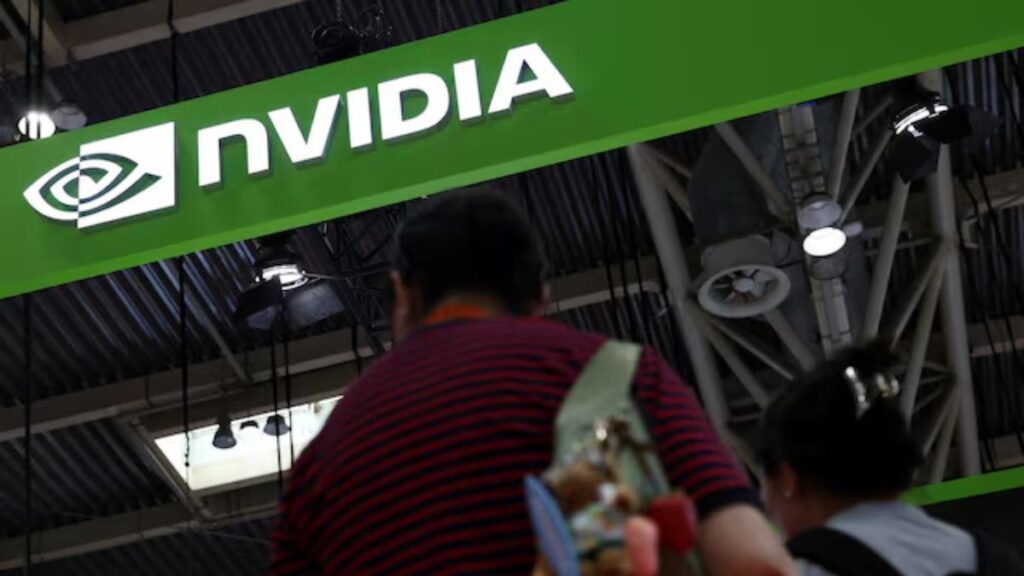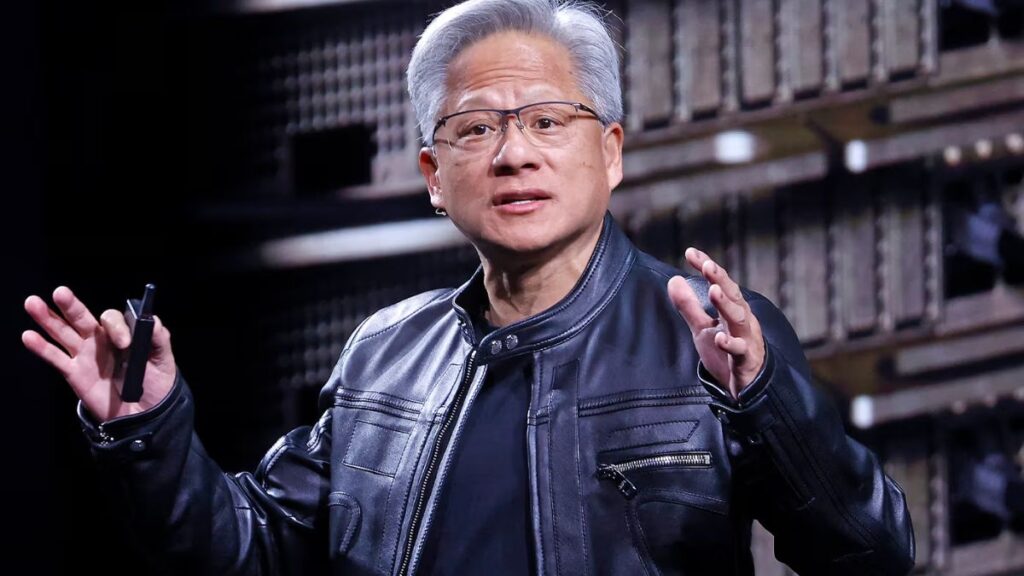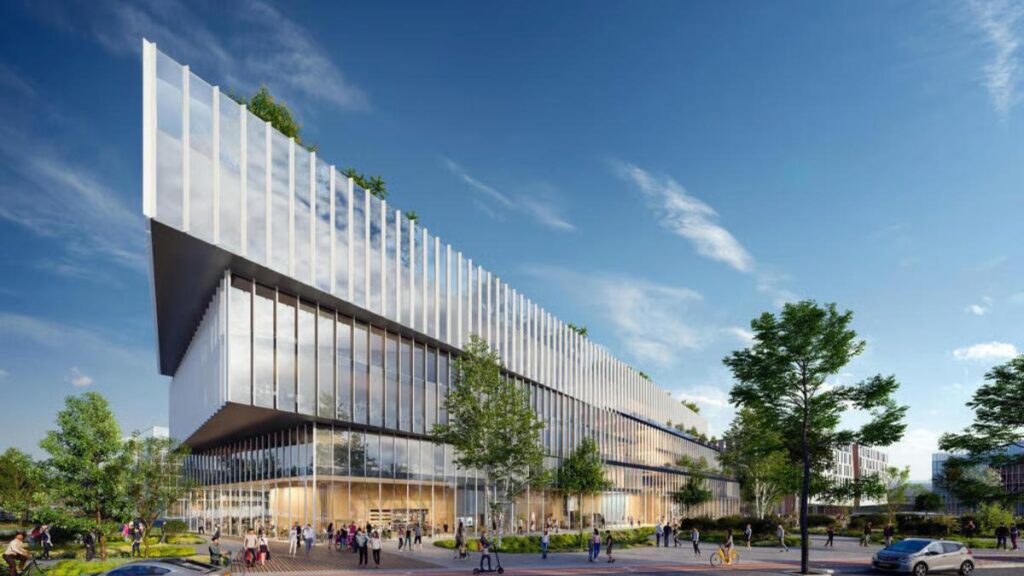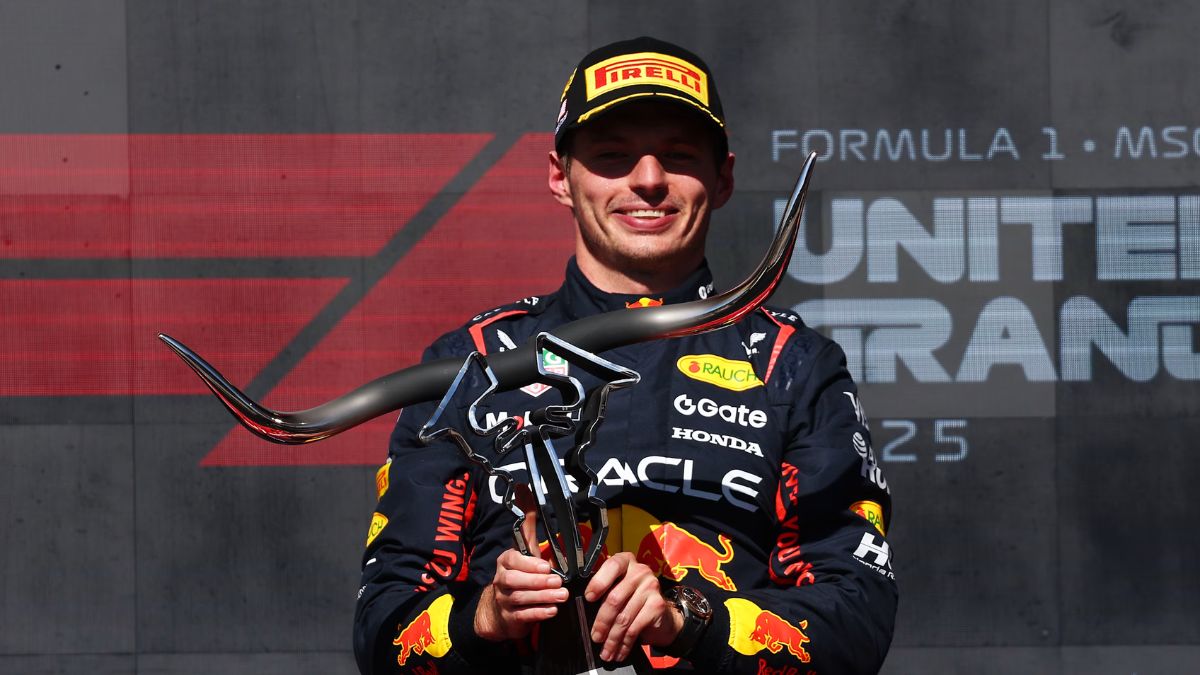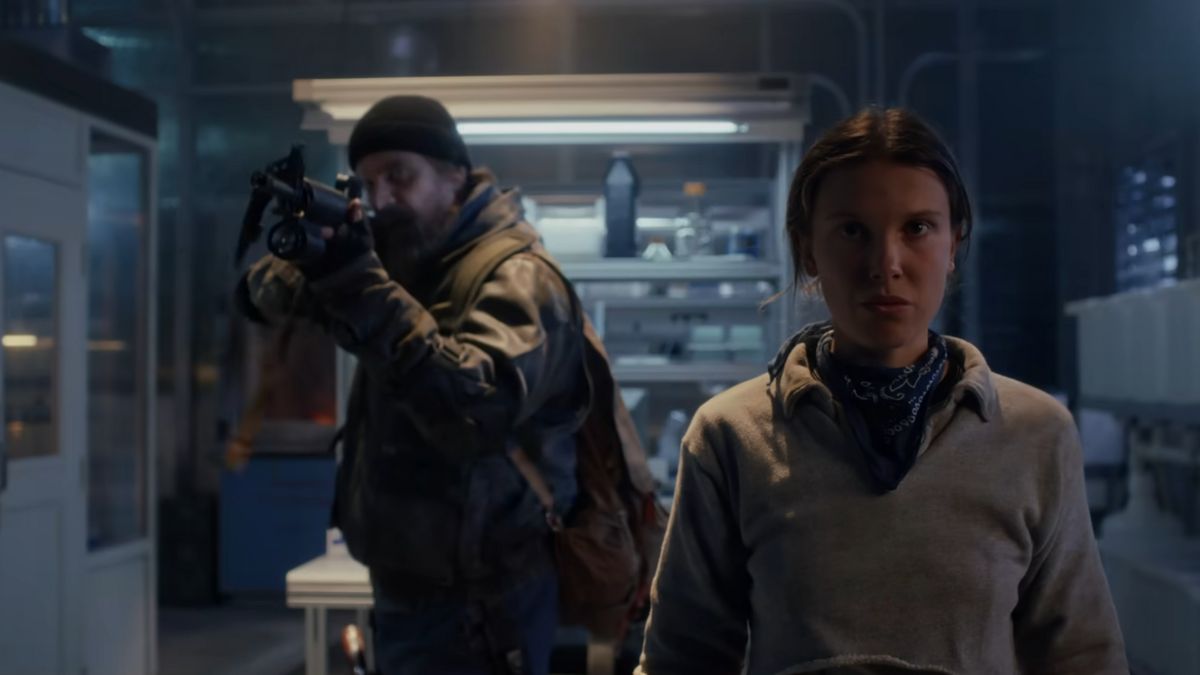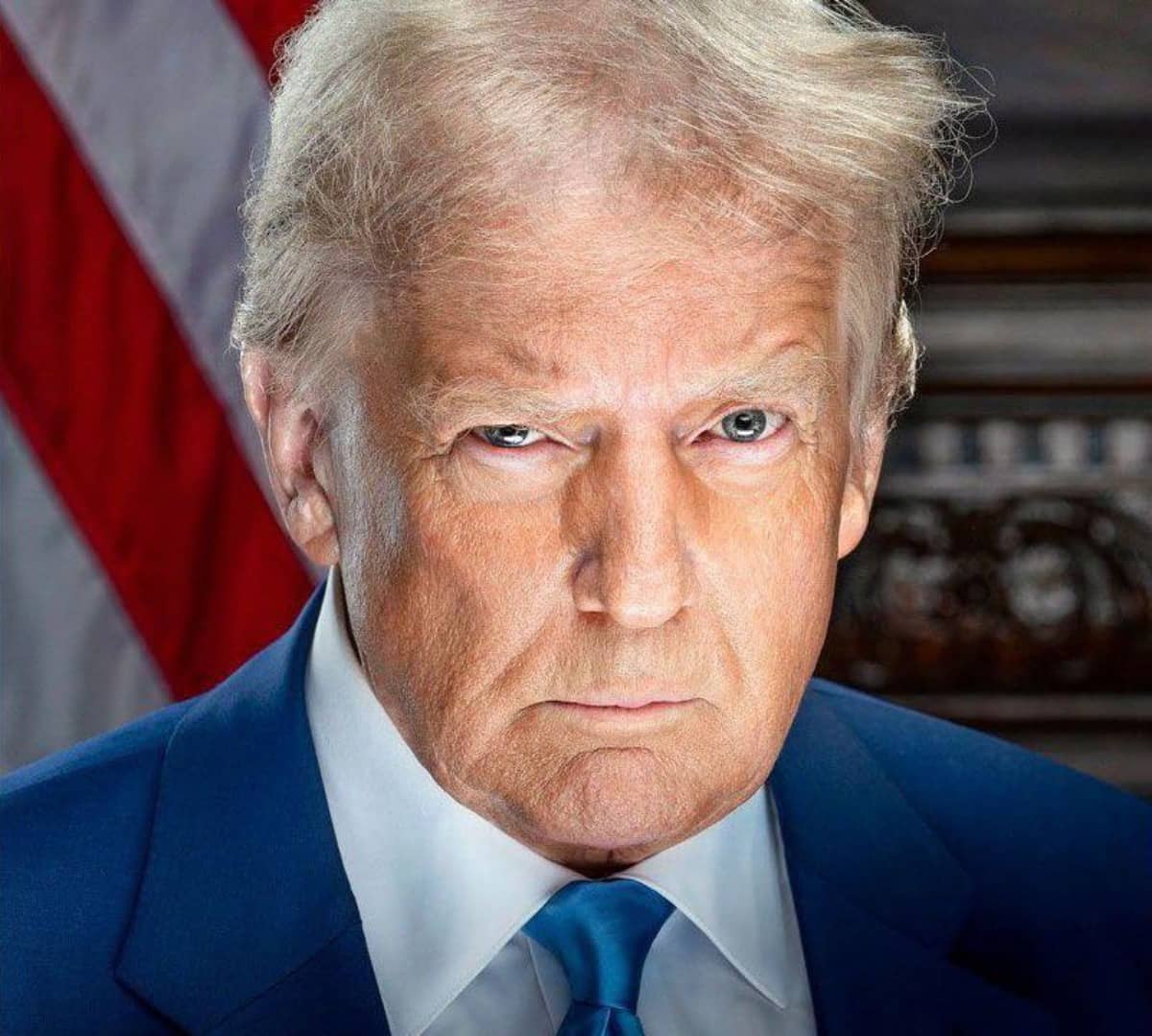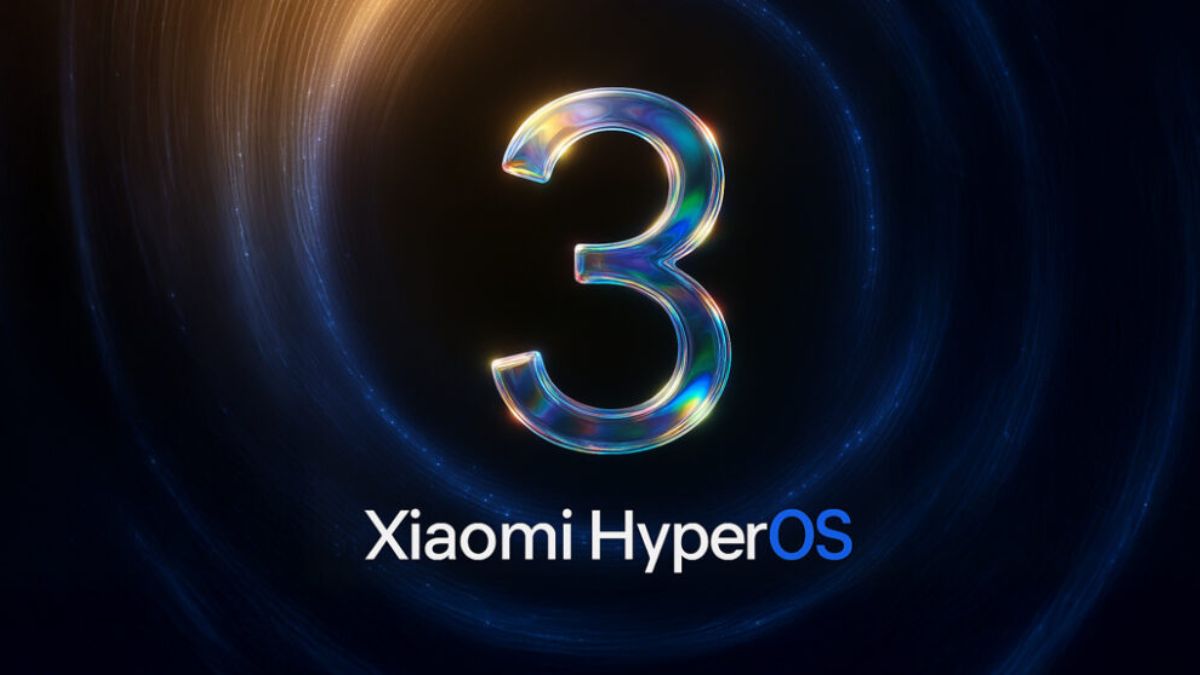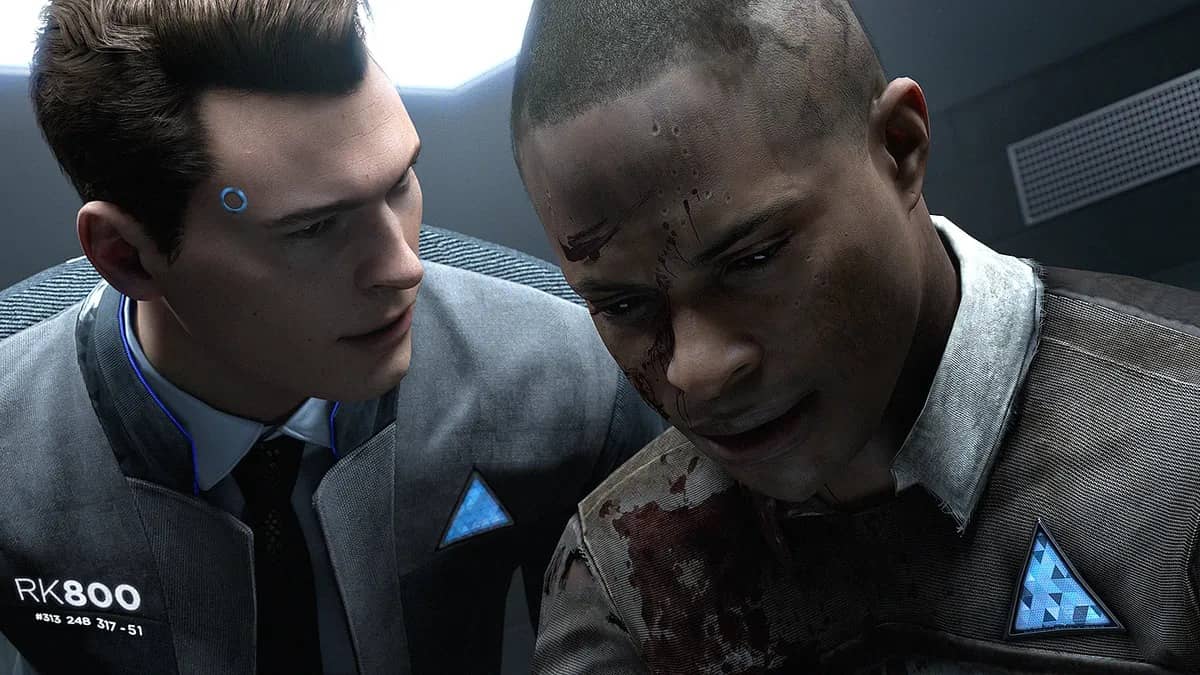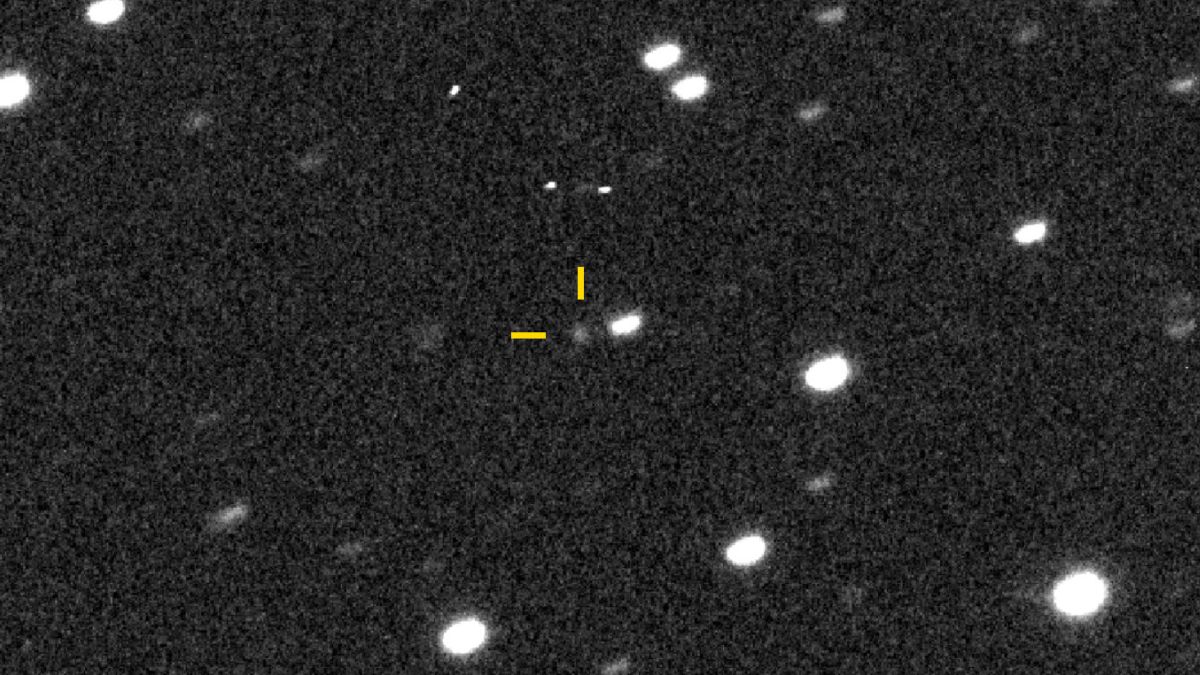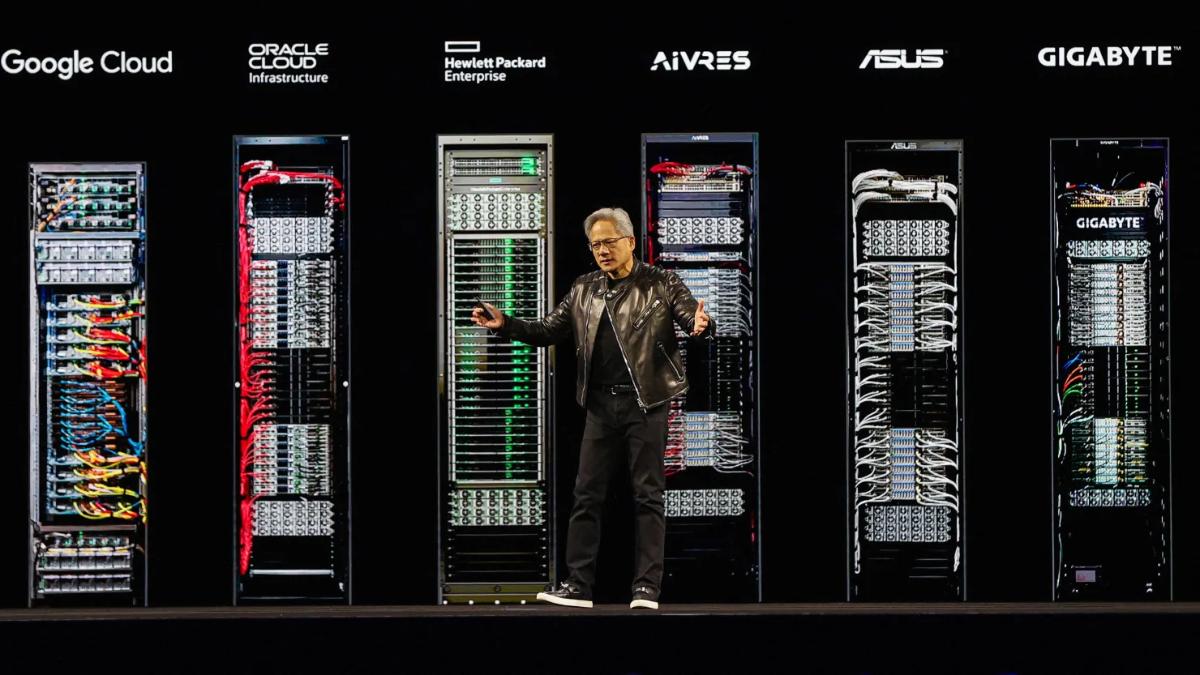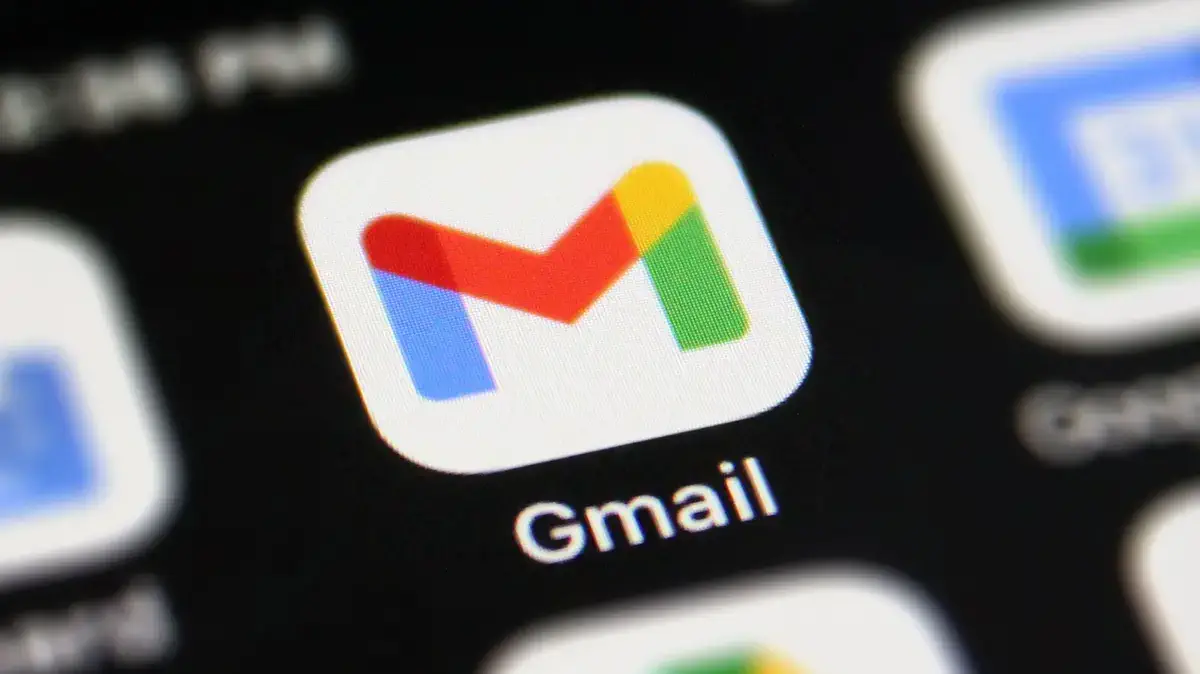Nvidia CEO Jensen Huang said he would focus on physical sciences rather than software if he were a 20-year-old college student today, citing the importance of understanding physics for the next wave of artificial intelligence.
During a trip to Beijing on Wednesday, Huang was asked what he would study if he were a 22-year-old graduate in 2025 with the same ambitions. The tech leader responded that he would choose “more of the physical sciences than the software sciences,” noting that he actually graduated from college at age 20, two years early.
Physical sciences encompass the study of non-living systems, including physics, chemistry, astronomy, and earth sciences, as opposed to software-focused computer science fields.
Huang’s educational background includes an electrical engineering degree from Oregon State University in 1984 and a master’s degree in electrical engineering from Stanford University in 1992. He co-founded Nvidia in April 1993 with fellow engineers Chris Malachowsky and Curtis Priem.
Under Huang’s leadership, Nvidia has become the world’s most valuable company and recently achieved a $4 trillion market capitalization milestone. The chipmaker has been at the forefront of the artificial intelligence revolution, providing the specialized processors that power AI systems.
The CEO’s recommendation appears linked to his belief in “Physical AI” as the next major development in artificial intelligence. Speaking at The Hill & Valley Forum in Washington, D.C., in April, Huang outlined the evolution of AI through several phases.
He described the first wave as “Perception AI,” which began about 12-14 years ago with breakthroughs in computer vision. This was followed by “Generative AI,” where systems learned to understand and translate information into different languages, images, and code.
The current phase is “Reasoning AI,” where artificial intelligence can understand, generate content, and solve previously unseen problems. This enables the creation of “agentic AI” – digital workforce robots capable of reasoning.
Looking ahead, Huang believes “Physical AI” represents the next frontier. “The next wave requires us to understand things like the laws of physics, friction, inertia, cause and effect,” he explained.
This phase involves physical reasoning abilities, such as understanding object permanence and predicting outcomes like where a ball will roll or how much force is needed to grip an object without damaging it.
“When you take that physical AI and then you put it into a physical object called a robot, you get robotics,” Huang said. He sees this as crucial for addressing labor shortages, particularly as new manufacturing plants and factories are built across the United States.
“Hopefully, in the next 10 years, as we build out this new generation of plants and factories, they’re highly robotic and they’re helping us deal with the severe labor shortage that we have all over the world,” he added.
The advice reflects Huang’s view that understanding physical sciences will be essential for developing AI systems that can interact with and manipulate the physical world.

